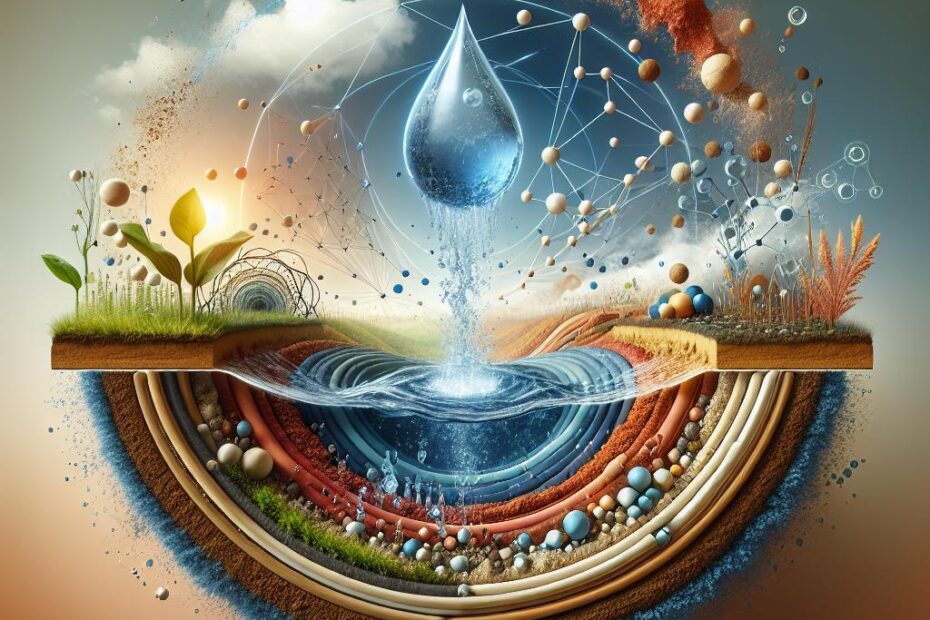Title: How to Improve Drainage of Clay Soil: A Comprehensive Guide
Introduction:
Clay soil can be a challenge for gardeners and homeowners due to its poor drainage properties. Water tends to pool on the surface, leading to waterlogged plants and potential structural damage. However, with the right techniques and maintenance, you can improve the drainage of clay soil and create a healthier environment for your plants and property.
Understanding Clay Soil Drainage Issues:
Clay soil is comprised of tiny particles that compact easily, creating dense, impermeable soil. This compactness restricts the flow of water, leading to standing water and poor drainage. To address this issue, it’s essential to improve the soil structure and create pathways for water to drain effectively.
Benefits of Improving Drainage:
- Prevents waterlogging and root rot in plants
- Reduces erosion and runoff
- Improves soil aeration and promotes healthy root growth
- Prevents structural damage to buildings and foundations
Practical Tips to Improve Drainage:
-
Amending Soil with Organic Matter: Incorporating organic matter such as compost, peat moss, or aged manure helps improve clay soil structure. Organic matter binds with clay particles, creating larger aggregates that allow water to drain more easily.
-
Adding Sand or Grit: Mixing coarse sand or grit into clay soil helps break up compaction and improve drainage. However, avoid using fine sand, as it can further exacerbate drainage issues.
-
Installing Drainage Systems: For areas with severe drainage problems, consider installing French drains or perforated pipes to redirect excess water away from the soil.
-
Creating Raised Beds: Raised beds filled with well-draining soil provide an ideal growing environment for plants in clay-heavy areas. The elevated beds allow water to drain more effectively, preventing waterlogging.
-
Planting Water-Tolerant Species: Choose plants that thrive in wet conditions, such as water lilies, irises, or cattails, to mitigate the effects of poor drainage in clay soil.
Case Study:
A homeowner in a clay-heavy area struggled with waterlogging issues in their backyard. By implementing raised beds filled with a mixture of compost and sand, they were able to improve drainage and successfully grow a variety of plants that had previously struggled in the waterlogged soil.
Firsthand Experience:
“As a gardener dealing with clay soil, I found that incorporating compost and sand into the soil significantly improved drainage and plant health. Raised beds were a game-changer for growing a variety of vegetables and flowers in an area prone to waterlogging.”
Conclusion:
Improving the drainage of clay soil is essential for creating a healthy and thriving garden or landscape. By implementing simple techniques such as amending soil with organic matter, adding sand or grit, or installing drainage systems, you can effectively address drainage issues and create an optimal growing environment for your plants. With the right strategies and maintenance, you can transform your clay soil into a flourishing garden oasis.
